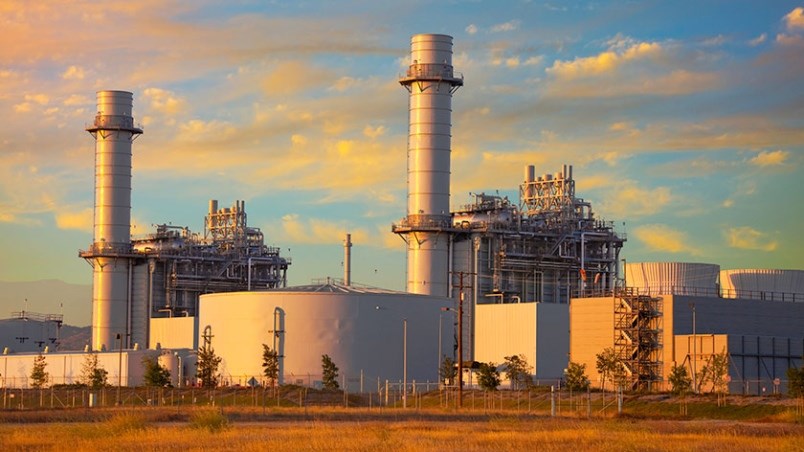The federal government has announced details on how it plans to phase out coal power in Canada by 2030.
Natural gas appears to play a significant role in the transition and there could be something in it for hydro powerhouses like B.C. and Manitoba because the new plan, announced December 12, calls for increased investments in interprovincial transmission, which suggests opportunities for the western provinces to share power.
The goal is to have 90% of Canada electricity come from clean power by 2030. If that sounds ambitious, Ontario already did it on the time frame that Canada is now using for a national strategy.
B.C., Manitoba, Ontario, and Quebec are already past the 90% mark, producing close to 100% of their power from hydro and renewables, and – in Ontario’s case – nuclear power. As a result, about 80% of the power generated in Canada is already decarbonized.
Currently coal power supplies only 9% of Canada’s power, and a number of provinces have already committed to phasing it out.
According to the new plan released Wednesday, some provinces that currently generate power through coal will be able to switch to natural gas.
One need only look to the U.S. to see how effective switching from coal to natural gas in thermal power generation can be in lowering greenhouse gas emissions. According to the Energy Information Administration, GHGs from the power sector in the U.S. have fallen 14% since 2005, partly through renewables, but mainly from the switch from coal to gas.
It appears the recently upgraded Boundary dam power station in Saskatchewan is not among the coal power plants that will have to be phased out, as the province spent close to $1 billion on carbon capture and storage (CCS). The new plan also has provisions that would allow provinces to continue to burn coal, if CCS is implemented.
The plan contemplates a mix of renewable power, natural gas power and an enhanced interprovincial grid to replace coal power in Alberta, Saskatchewan, and the Atlantic provinces. The phase-out is estimated to decrease GHG emissions by 13 million tonnes in 2030.
Blake Shaffer, an environmental and energy expert and C.D. Howe Institute fellow, points out that Alberta has good wind power assets and Southern Saskatchewan has good solar power potential, so it is likely those provinces will be offsetting at least some of their coal power with renewables.
Indeed, a number of provinces have already set renewable energy targets. Saskatchewan, for example, has committed to having 50% of its power come from renewables by 2030.
Although the cost of installing wind and solar power have come down dramatically in the last decade, their intermittency and a lack of large-scale storage to deal with it presents a challenge, as renewables become a greater part of a system’s power generation.
The problem is particularly pronounced in northern latitudes on a seasonal basis. Large-scale storage – lithium-ion batteries, for example – may work to store power over hours or days to help balance loads, but it’s not a solution that addresses seasonal variability, Shaffer said.
“The biggest issue you face with renewables, especially in a northern climate, is seasonal storage,” Shaffer said. “The interday fluctuations, that’s actually dealt with really well with batteries, with storage tech. Even though it’s expensive now, it’s getting to the point where that multi-hour stuff is OK.
“Moving solar power in the summer to demand in the winter in a northern latitude, where the solar profile changes dramatically by season, is really, really challenging to do with anything but a firm resource.”
Fortunately, large-scale storage for wind and solar may not be needed in any great abundance, since Canada is blessed with abundant hydro power.
Provinces like Quebec, B.C and Manitoba could conceivably provide other provinces with some of the firm power they need when wind and solar aren’t producing power, and buy relatively low-cost wind and solar power from those provinces when they are being produced in surplus.
"Nationally, we're already pretty decarbonized," Shaffer said. "We're starting from a really good starting point."
What is needed to facilitate that is improved transmission between the western provinces, he said.
“If I was looking at a pan-Canadian climate framework, I’d be putting as my centrepiece of that – if I'm the feds and were looking at a national thing, bringing together provinces, as only they really do – would be boosting the intertie capabilities,” Shaffer said.
The plan does appear to rely in part on improvements to Canada's transmission systems.
“Canada is supporting the transition to clean electricity by investing in strategic infrastructure and renewables, including support for electricity transmission interties, emerging renewable technologies, smart grids, and reducing reliance on diesel in northern, remote, and Indigenous communities,” the plan states.
The federal government has earmarked $21.9 billion over the next 11 years for those kinds of investments.




